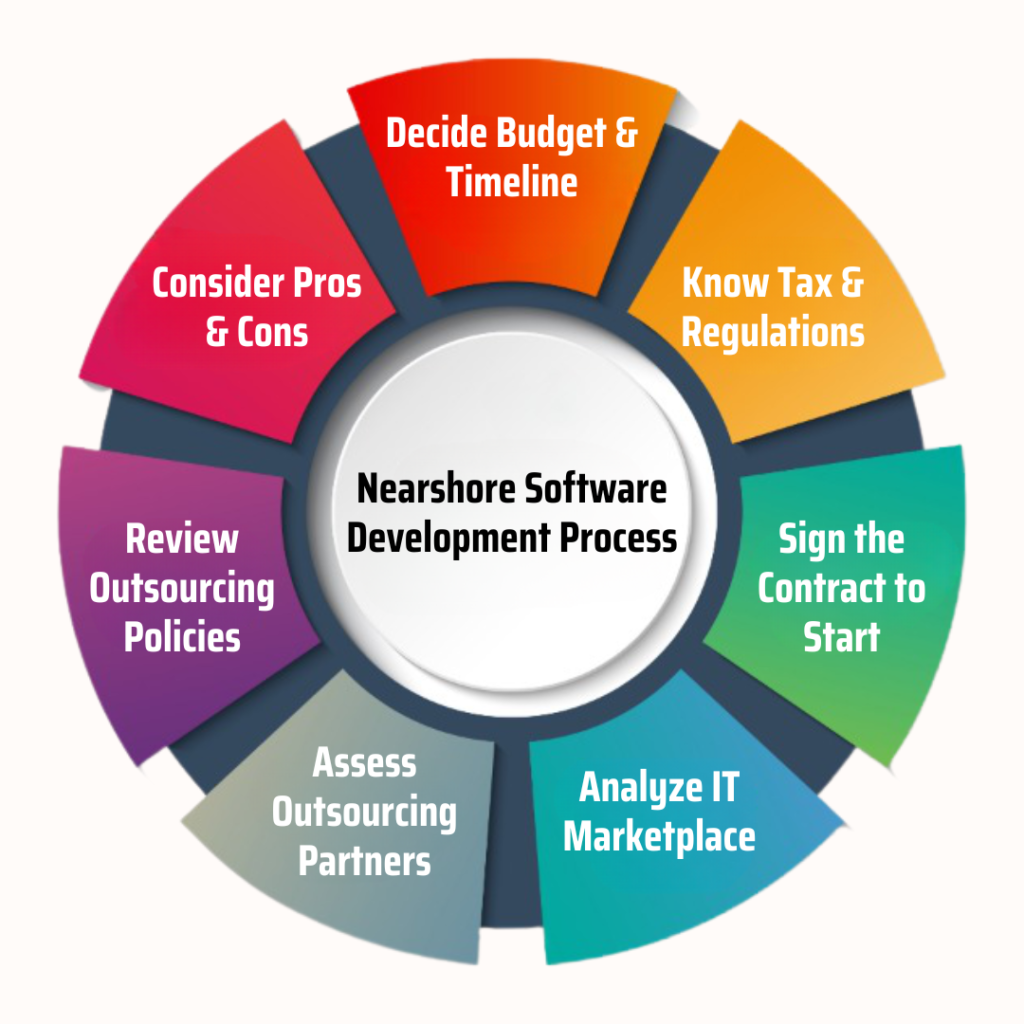Delving into nearshore software development benefits, this introduction immerses readers in a unique and compelling narrative. Nearshore software development offers a range of advantages that can significantly impact project outcomes. From improved collaboration to efficient communication, the benefits are diverse and impactful. Let’s explore how working with a nearshore team can enhance your software development process.
Benefits of Nearshore Software Development

Nearshore software development offers several key advantages that make it a popular choice for businesses looking to outsource their software projects.
Enhanced Collaboration, Nearshore software development benefits
One of the primary benefits of nearshore software development is the ability to enhance collaboration between teams. With teams located in close proximity and within similar time zones, communication becomes more efficient and effective. This leads to better alignment on project goals, faster decision-making, and increased overall productivity.
Cost Savings
When compared to offshore software development, nearshore development often results in cost savings for businesses. While the hourly rates for nearshore developers may be slightly higher than offshore rates, the overall costs can be lower due to reduced travel expenses, faster project delivery times, and fewer cultural and language barriers to overcome.
Access to Skilled Talent Pool
When it comes to nearshore software development, one of the key benefits is access to a skilled talent pool that can bring value to your projects.
Diverse Talent Pool
Working with a nearshore development team allows you to tap into a diverse talent pool with varied skill sets and experiences. This diversity can lead to innovative solutions and fresh perspectives that can enhance the quality of your software development projects.
Working in Similar Time Zones
Collaborating with developers in similar time zones can streamline communication and project management processes. Real-time interactions and quick responses can significantly reduce turnaround times and ensure efficient progress throughout the development cycle.
Cultural Alignment Benefits
Cultural alignment between your team and nearshore developers can positively impact project outcomes by fostering better understanding, communication, and collaboration. Shared values and work ethics can lead to smoother workflows and stronger team dynamics, ultimately contributing to the success of your software development initiatives.
Communication and Time Zone Considerations: Nearshore Software Development Benefits

Effective communication is crucial in nearshore software development to ensure the success of projects. Clear and open communication helps in preventing misunderstandings, reducing errors, and fostering a collaborative environment between teams.
Overlapping work hours between the nearshore team and the onshore team can significantly improve project efficiency. This allows for real-time communication, quick issue resolution, and better alignment on project goals. By having a few hours of shared working time, teams can easily collaborate, provide updates, and address any concerns promptly.
Tools and Strategies for Effective Communication Across Different Time Zones
- Utilize project management tools such as Slack, Microsoft Teams, or Trello to keep all team members connected and informed.
- Hold regular video conferences or meetings to discuss progress, address challenges, and maintain team cohesion.
- Establish clear communication protocols and channels to ensure that information is shared effectively and efficiently.
- Use time zone converters or scheduling tools to coordinate meetings and deadlines across different time zones.
- Encourage open communication and transparency within the teams to build trust and collaboration.
Risk Mitigation and Quality Assurance
When it comes to nearshore software development, risk mitigation and quality assurance play a crucial role in ensuring project success. Let’s delve into how these aspects are addressed in the nearshore model.
Language Barriers Mitigation
In nearshore software development, one of the key advantages is the reduced risk associated with language barriers. Working with teams in neighboring countries or regions often means a higher level of English proficiency, making communication smoother and more effective. This minimizes misunderstandings, enhances collaboration, and ultimately reduces the chances of errors due to miscommunication.
Quality Assurance Processes
Quality assurance processes are essential in nearshore software development to maintain the high standards of the project. Through rigorous testing, code reviews, and quality checks, teams ensure that the software meets the specified requirements and functions seamlessly. This systematic approach to quality assurance helps in identifying and rectifying any issues early on, preventing costly errors and delays down the line.
Proximity for Quicker Issue Resolution
The proximity of nearshore development teams to the client’s location can lead to quicker issue resolution and project delivery. With overlapping work hours and easier access to team members, any issues or concerns can be addressed promptly. This proximity also fosters a sense of collaboration and accountability, as teams work closely together to meet project milestones and deliverables in a timely manner.
Final Thoughts

In conclusion, nearshore software development presents a compelling option for businesses looking to optimize their development processes. By leveraging a diverse talent pool, fostering effective communication, and mitigating risks, nearshore development can lead to successful project outcomes. Embracing the benefits of nearshore software development can truly transform the way you approach your projects.
FAQ Summary
How can nearshore development enhance collaboration between teams?
Nearshore development allows for closer collaboration due to shared time zones and cultural alignment, leading to improved communication and project outcomes.
What are the key advantages of nearshore software development?
Some key advantages include access to a diverse talent pool, cost savings compared to offshore development, and quicker issue resolution due to proximity.
How does nearshore development mitigate risks associated with language barriers?
Nearshore development reduces language barriers by enabling teams to work in similar time zones, facilitating smoother communication and understanding.
